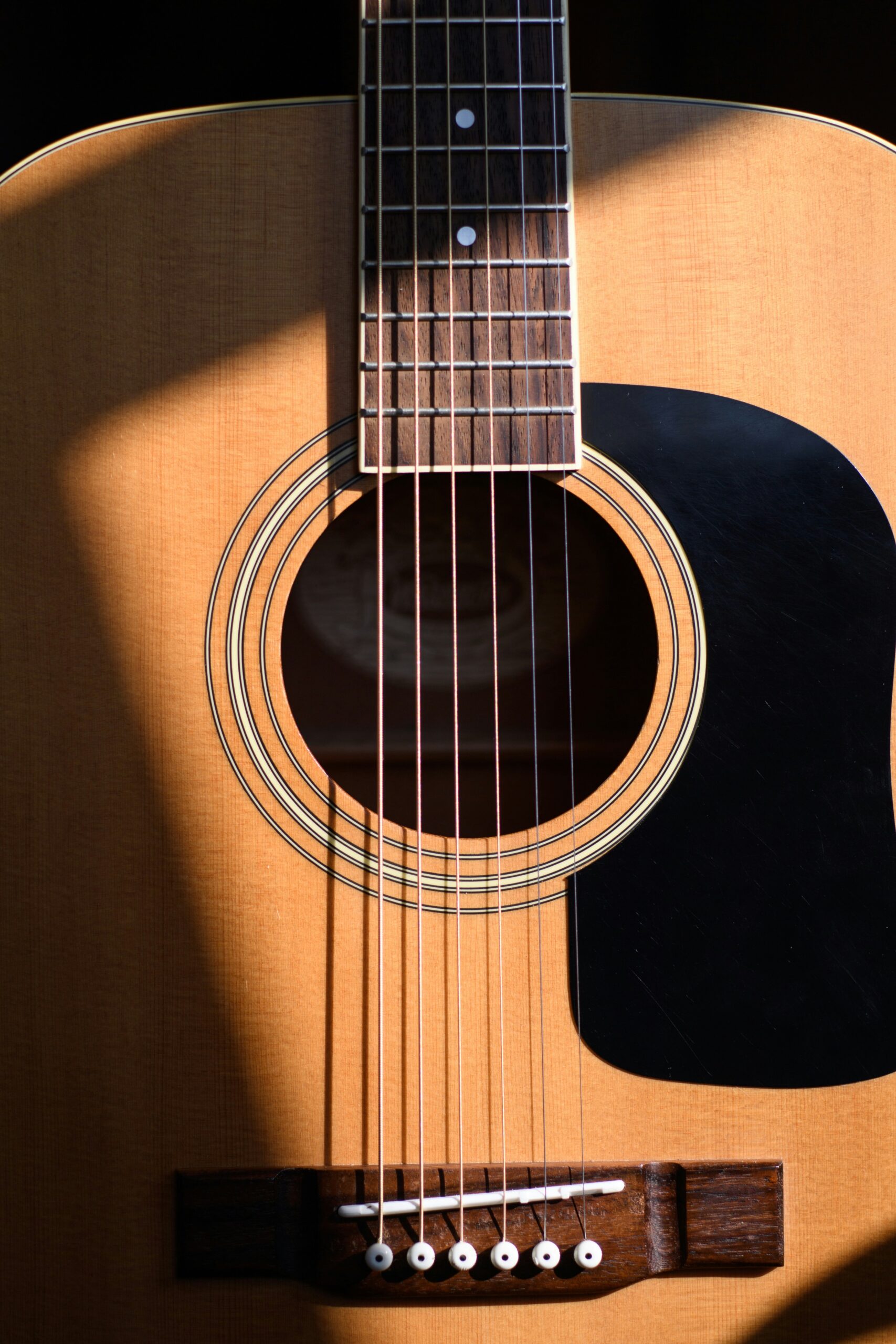Choosing the Right Guitar
For beginners, selecting the appropriate guitar is a crucial step in the journey of learning to play. The market offers a variety of types, including acoustic, electric, and classical guitars, each with distinct features catering to different styles and preferences. Acoustic guitars, known for their pure sound production, are ideal for those who seek a versatile instrument suitable for various genres, including folk, rock, and country music. Their design includes a hollow body that amplifies sound naturally, making them popular among beginners.
On the other hand, electric guitars offer a richer array of tonal options, largely due to their reliance on amplifiers and effects pedals. This type often appeals to aspiring players of rock, metal, or pop music. Electric guitars also tend to have a slimmer body, making them easier to handle for some individuals. Meanwhile, classical guitars, featuring nylon strings, provide a softer tone and are particularly suitable for those interested in classical or flamenco styles. The wider neck can present challenges for beginners, but it aids in developing finger technique.
When choosing a guitar, it is essential to consider various factors, including body size, string type, and budget. A smaller body may be easier for children or players with smaller hands to manage, whereas adults might find larger bodies more comfortable. String type also influences playability; nylon strings are generally easier on the fingers than their steel counterparts. Additionally, setting a realistic budget is necessary, as guitars vary significantly in price. After narrowing down options, visiting music stores to try multiple models can provide valuable insights into what feels comfortable and sounds appealing. Furthermore, regular maintenance of the instrument, such as tuning and string changes, is vital to keep the guitar in optimal condition throughout your learning journey.
Basic Guitar Techniques and Fundamentals
For beginners, mastering basic guitar techniques is crucial for developing a solid foundation. The way one holds a guitar is fundamental; it impacts both comfort and sound quality. Properly positioning the guitar can enhance playability and reduce strain. The guitar should rest firmly against the body, securing it with the right arm while the left hand is free to navigate the fretboard. Maintaining an upright posture encourages optimal hand movement and technique.
Finger placement is another essential element in learning the guitar. Beginners should familiarize themselves with the frets and the strings. Each finger is allocated its own fret to prevent confusion and promote efficiency. Encouraging the use of the fingertips rather than the flat of the finger will help produce cleaner notes. One should aim to press down on the string just beside the fret wire without touching it to avoid buzzing sounds.
Introductory strumming and picking techniques serve as the building blocks for rhythm and melody. Strumming can begin with simple downward strokes, transitioning into alternating up and down strokes as confidence builds. Additionally, beginners should try using a pick, which can create a brighter sound, while fingerpicking allows for a more intricate style. It is advisable to practice slowly at first, focusing on maintaining a steady rhythm.
Common chords, such as C, G, D, and E minor, are vital for beginners. Learning their finger placements can be achieved through repetition and practice. Playing chord transitions smoothly is an essential skill that can be developed through constant exercise. Simple exercises aimed at improving finger strength and dexterity, like chromatic scales or finger drills, should be integrated into daily practice. Establishing proficiency in these fundamental techniques will lead to a more enjoyable guitar-playing experience, setting the stage for future advancement.
Practice Routines for Skill Improvement
Consistent practice is a cornerstone for any beginner looking to develop their guitar skills. Establishing a structured practice routine not only fosters improvement but also enhances motivation and engagement. A well-organized schedule provides a clear framework, allowing you to make the most of your practice sessions. It is advisable to allocate at least 30 minutes to an hour each day for effective practice, ensuring that you create a habit and experience steady improvement.
When developing your practice routine, it is essential to set realistic goals. Start with small, achievable objectives that can be met within your practice time and gradually increase the difficulty as you gain confidence. A goal might be to learn a specific chord progression or to master a simple song. Incorporating a mix of exercises—such as scales, chord changes, and fingerpicking techniques—will keep your practice varied and interesting. This helps in developing different aspects of your playing, preventing monotony and keeping motivation high.
To maintain engagement during practice, consider integrating songs you enjoy into your routine. Learning to play familiar melodies can be more enjoyable and can serve as a rewarding way to track progress. Additionally, keep a practice journal to record your achievements and set future goals. Reflecting on your progress can provide a sense of accomplishment and highlight areas that need improvement.
Common challenges for beginners include frustration with difficult techniques and maintaining focus during practice. To overcome this, it is crucial to approach your practice sessions with patience and a positive mindset. Break down challenging pieces into manageable sections and tackle them one at a time. Following these guidelines will enable you to see improvement in your guitar skills over time, ensuring that you remain engaged in your musical journey.
Resources for Learning and Community Support
For beginner guitarists, the abundance of learning resources can be both a blessing and a challenge. There are various tools available to facilitate effective learning, ranging from online tutorials to mobile applications and instructional books. These resources cater to different learning styles, allowing beginners to choose the most suitable format for their personal development.
Online tutorials, such as those found on platforms like YouTube, offer a rich variety of lessons from basic chord progressions to intricate solos. Many channels are dedicated specifically to beginner guitarists, providing step-by-step guidance at no cost. Moreover, mobile apps such as Yousician or Justin Guitar bring interactive learning to the fingertips of aspiring musicians, offering progressive lessons and immediate feedback.
For those who prefer a physical guide, instructional books serve as a reliable resource. Titles focusing on beginner guitar techniques often provide comprehensive insights into music theory, practice routines, and exercises designed to build foundational skills. These books can be an invaluable asset, especially when used alongside other resources.
While self-study is beneficial, joining guitar classes or finding a mentor can significantly enhance the learning experience. Personalized guidance enables beginners to receive tailored feedback, ensuring they are on the right track. Institutions that offer music lessons frequently employ experienced instructors who can help students navigate challenges and refine their playing.
Additionally, engaging with online communities and local groups offers social interaction and encouragement. Platforms like Reddit or dedicated Facebook groups allow learners to share their progress, seek advice, and participate in discussions. Local music clubs and workshops also foster a sense of camaraderie among guitar enthusiasts, creating opportunities for collaboration and shared learning experiences. These supportive environments can greatly enhance the overall journey of mastering the guitar.


